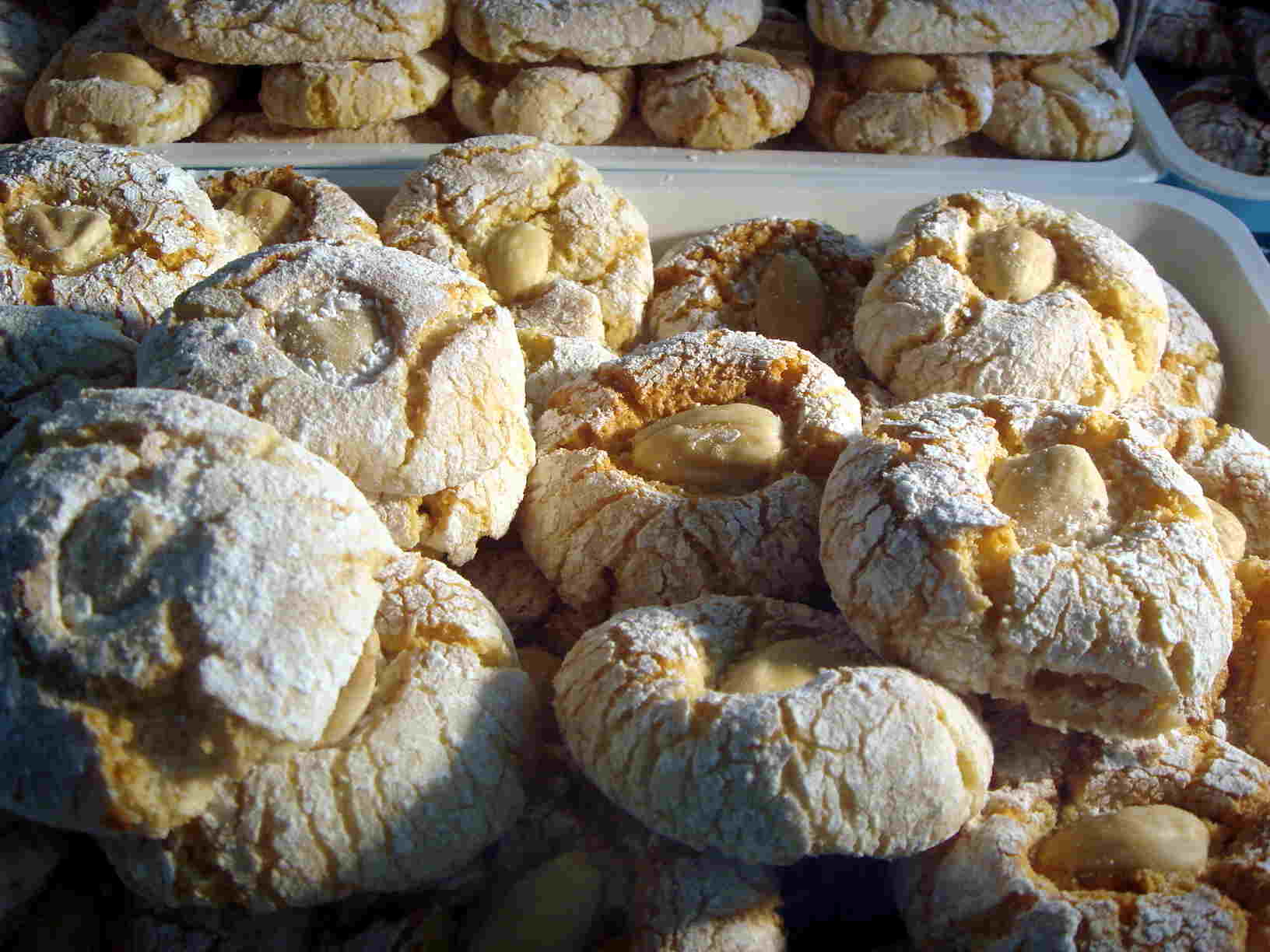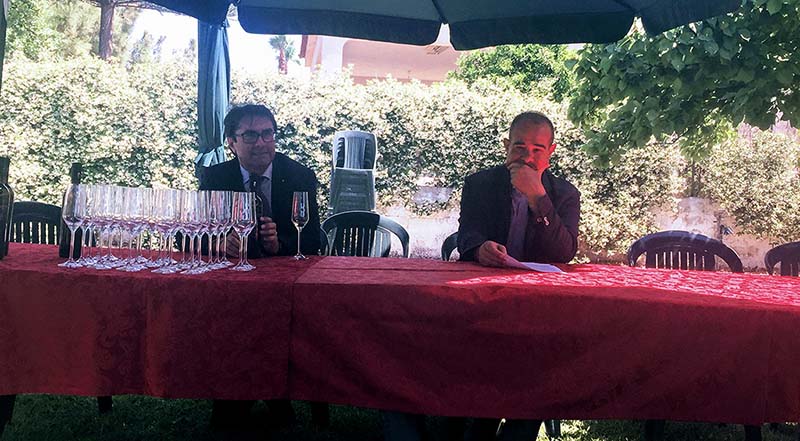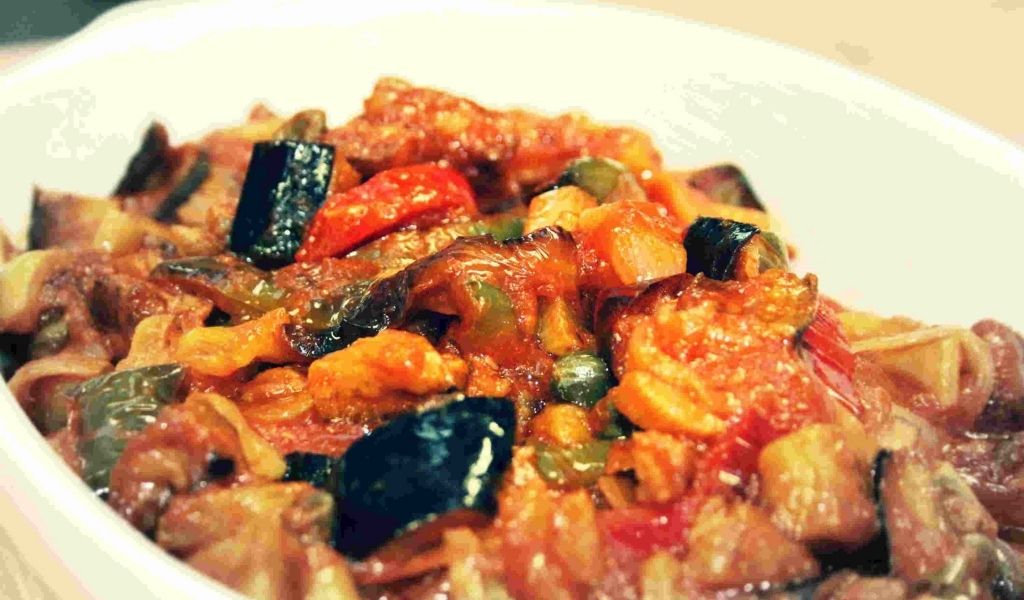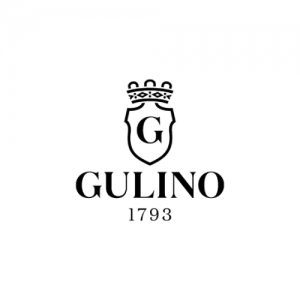Siracusa’s Moscato wine is one of the few wines boasting a definite pedigree: its direct ancestor is the Pollio wine, named after the Syracusan tyrant Pollis who first brought to Syracuse the biblina grapes (originating from the Biblini mountain, in Thrace). Saverio Landolina Nava, a historian and enologist who lived between XVIII and XIX century, wrote that «the name Pollio was given in Syracuse to the very wine that is called Biblino elsewhere», and he identified the wine as Syracuse’s Moscato since the modern vinification techniques were very similar to the ones described by Homer, Hesiod and Pliny. His intuition, therefore, dates back the origin of Syracuse’s Moscato to the VIII-VII century BC, when the Corinthians led by Archias reached the Syracusan shores and founded the city, 2750 years ago.
Syracuse’s Moscato is thus the oldest Italian wine, perhaps the European oldest wine.
Dionysius I (432-367 BC), the tyrant of Syracuse, even created a fund for the cultivation of Moscato grapes for the use and benefit of the palace.
Pliny the Elder called the Moscato grapes “apiana”, such is its sweetness that recalls the bees (lat. apis).
Roman historian Aelianus wrote «laudatissimus erat Syracusanis Poliumvinum».
From XIII century, the term Moscato appears in the first compositions written in Italian, indicating the sweet and aromatic wines favoured by Sicilian highest social class.
It is cited in several Sicilian burlesque literary works from the XVI century that praised its quality and virtue and in several coeval testaments in which the area called “Fanusa” was indicated as specific for the production of Moscato wine. The historian Fazello was the first to realise the link with the ancient Pollio and he describes the wine as «sweet, with an appreciable scent and very gratifying».
The ships of the Sun King (1643-1715) entered the Ortigia harbour to stock Moscato wine.
Alexandre Dumas inserted «Syracuse’s white and red muscat wines» in his Great Dictionary of Cuisine (1873) among the most famous dessert wines. In his novel The Three Musketeers the main characters drink Syracuse’s Moscato; the Count of Montecristo, in the novel, regularly offers it to his guests.
Yet, for a certain period, the production of Moscato wine in Sicily and particularly in the Syracuse area, suffered a setback. The phylloxera epidemic – caused by a parasite that attacks the roots of grape plants – that broke out during XIX century in France, scourged throughout Europe and Italy, seriously threatening European viticulture and decimating Italian wine production: some local grape variety resisted, other were lost. In Sicily, grape cultivated areas declined from 320,000 hectares to 175,000. When in 1884 phylloxera arrived in Syracuse, Moscato grape variety fell victim to it: production dwindled irreparably; in 1960 – according to what Bruno Pastena reported – there were very few Moscato vineyards in the territory between Syracuse and Floridia.
The turning point? 1973, with the approval of the policy document for the designation of origin DOC of Syracuse’s Moscato. Only during the 1990s, the Moscato grape variety started to recolonize the Syracusan territory, returning the sweet and scented wine to its rightful place in history and oenology.
Syracuse’s Moscato wine, «a synthesis of the colours and scents of our city».
Together with the Siracusa 2750 Committee, responsible for the celebration of this significant anniversary for the Arethusean city, Cantine Gulino promotes one of the most important and ancient products of this territory. «It contains the colours and scents of our city» – said Pucci Piccione, President of the Committee, during the presentation press conference occurred on 30 May 2017. «Moscato is part of our heritage. It offers the chance to promote beauty and emotions. Food and wine take part in this celebration because through these treasures we can tell the story of our city. Thanks to Cantine Gulino we renew this beauty, and we entrust these precious bottles with the logo of the celebration».
«I want to thank Cantine Gulino for their commitment to this project, – commented Syracuse Deputy Mayor Francesco Italia – testifying how this anniversary has become part of the common feeling of the Syracusans from institutions to sports associations to entrepreneurs.»
Bibliographical references:
Accademia italiana della cucina, Il Moscato di Siracusa, 2009.
Cettina Voza, La vite di Archimede, 2010.





